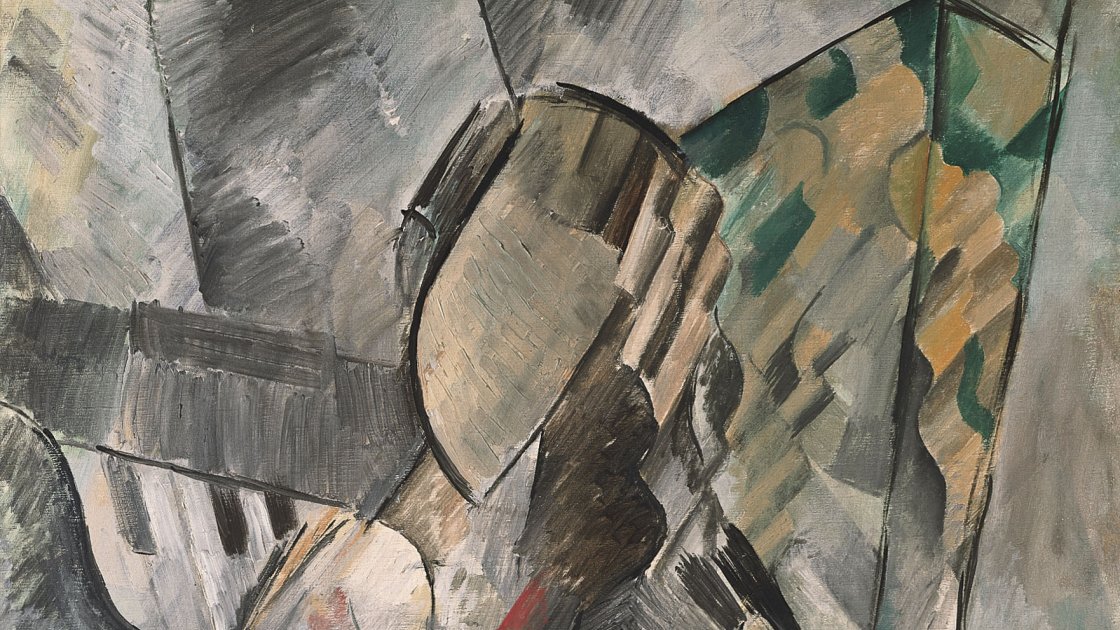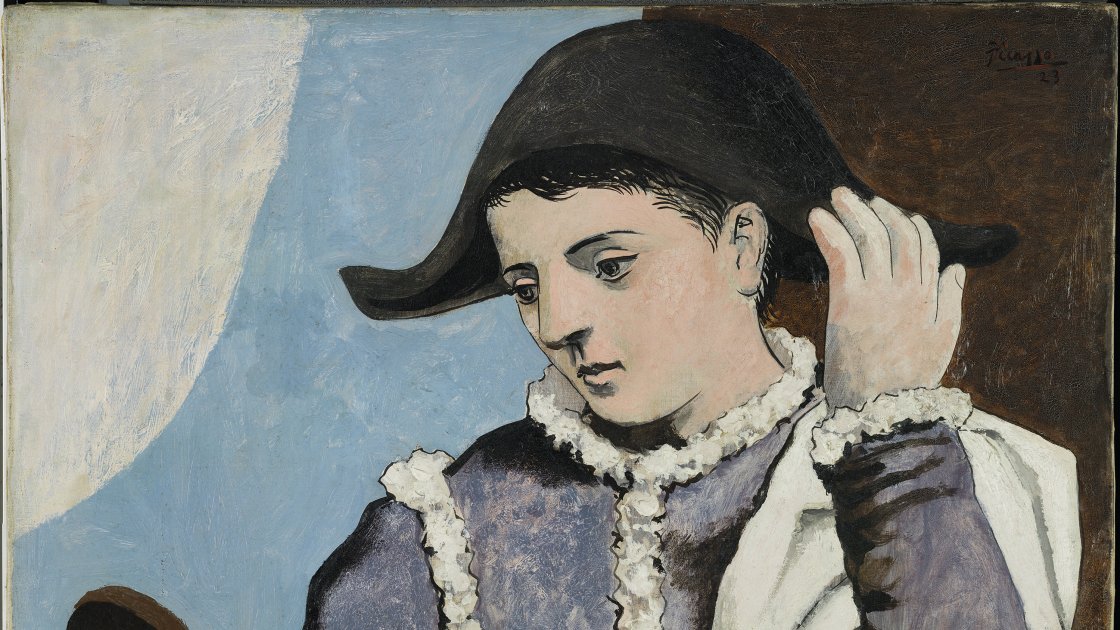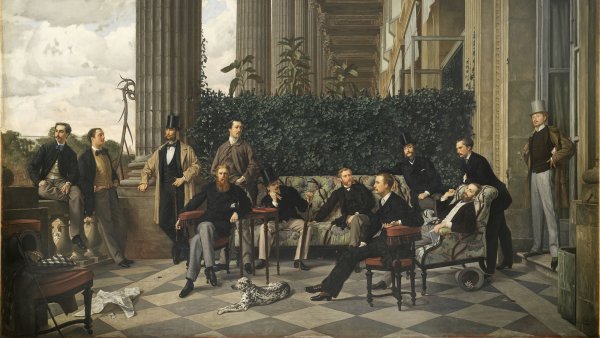Picasso/Chanel
Pablo Picasso and Gabrielle Chanel worked together on two occasions, both with Jean Cocteau: on Antigone (1922), and on Serge Diaghilev’s Le Train Bleu (1924) for his Ballets russes. The artist and the fashion designer first met in the spring of 1917, probably through Cocteau or Misia Sert, and Chanel became close and long-lasting friends with both, who introduced her to the Picasso’s circle. She socialised with the artist and his wife at a time when he was actively involved with Diaghilev’s company. Chanel became closely associated with the Parisian artistic and intellectual world of the day, to the extent of declaring that “it is artists who have shown me how to be exacting.” *
Once again bringing art and fashion together, the Museo Thyssen will be presenting an exhibition that explores the relationship between these two creative geniuses of the 20th century. Structured into four principal sections, it follows a chronological order approximately spanning the decade between 1915 and 1925.
The Chanel style and Cubism reveals the influence of that art movement on Chanel’s creations from her earliest, innovative designs: her use of a geometrical formal language, chromatic restraint and the Cubist aesthetic of the collage, expressed in clothes with straight, angular lines: her preference for black, white and beige; and her use of inexpensive fabrics with austere textures. The second section, entitled Olga Picasso, focuses on Picasso’s numerous, beautiful portraits of his first wife, the Russian ballerina Olga Khokhlova who was one of Chanel’s devoted clients. Shown alongside these works are various ensembles from the designer’s early period, of which few examples survive. Antigone, a modern-day adaptation by Cocteau of Sophocles’s play, was first performed in Paris in 1922 with sets and masks by Picasso and costumes by Chanel, both of whom were inspired by classical Greece, as this section reveals. Le Train Bleu is the title of the fourth section and of the ballet created by Diaghilev in 1924 with a scenario by Cocteau, inspired by activities that were fashionable in the early 1920s, such as sunbathing and sport. Two Women Running along the Beach (The Race), a small gouache which Diaghilev encountered in Picasso’s studio, was transformed into the image for the work’s front cloth and the artist also accepted the commission to illustrate the programme. For her part, Chanel created costumes for the dancers, inspired by the sport outfits she created for herself and for her clients.
* Isabelle Fiemeyer, Coco Chanel. Un parfum de mystère, 1999, Paris, Éditions Payot & Rivages, « La plaque d’ébène », p. 146
With Paula Luengo, curator of the exhibition.
















